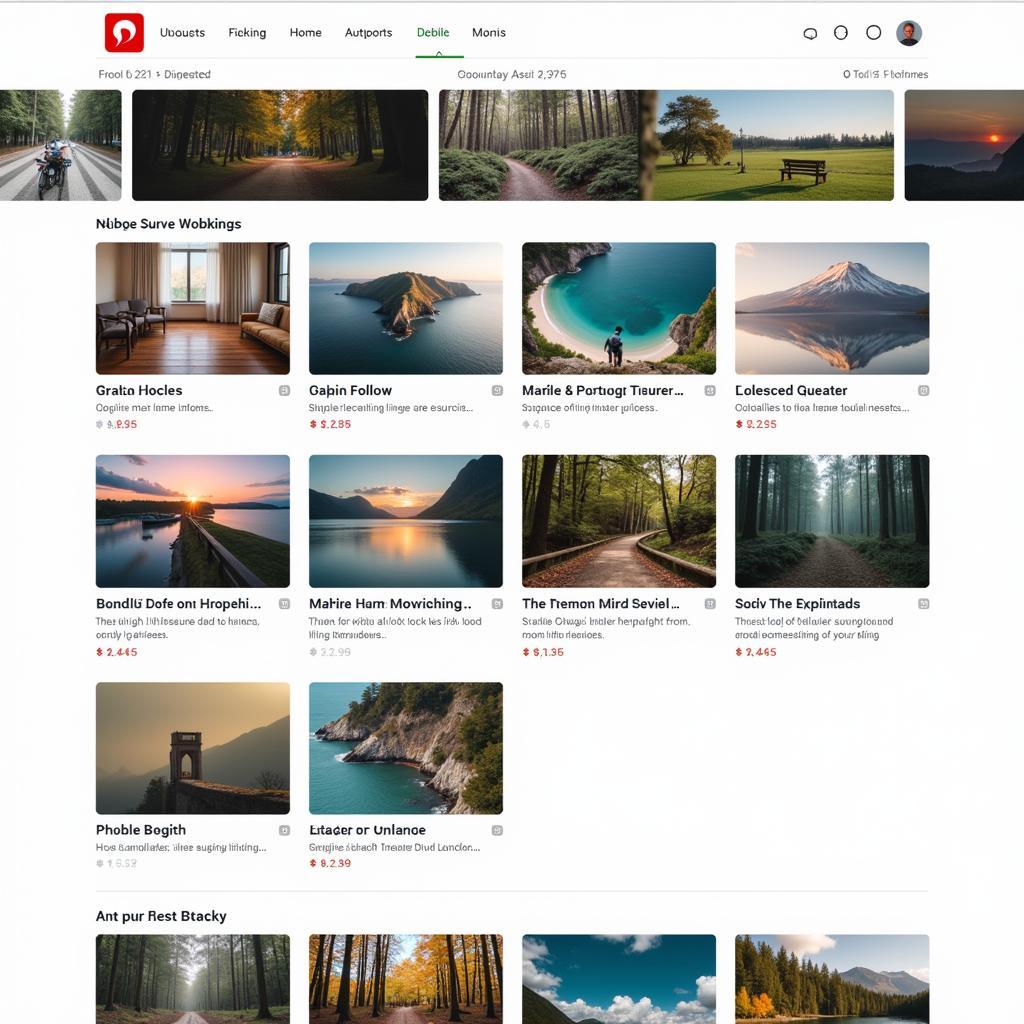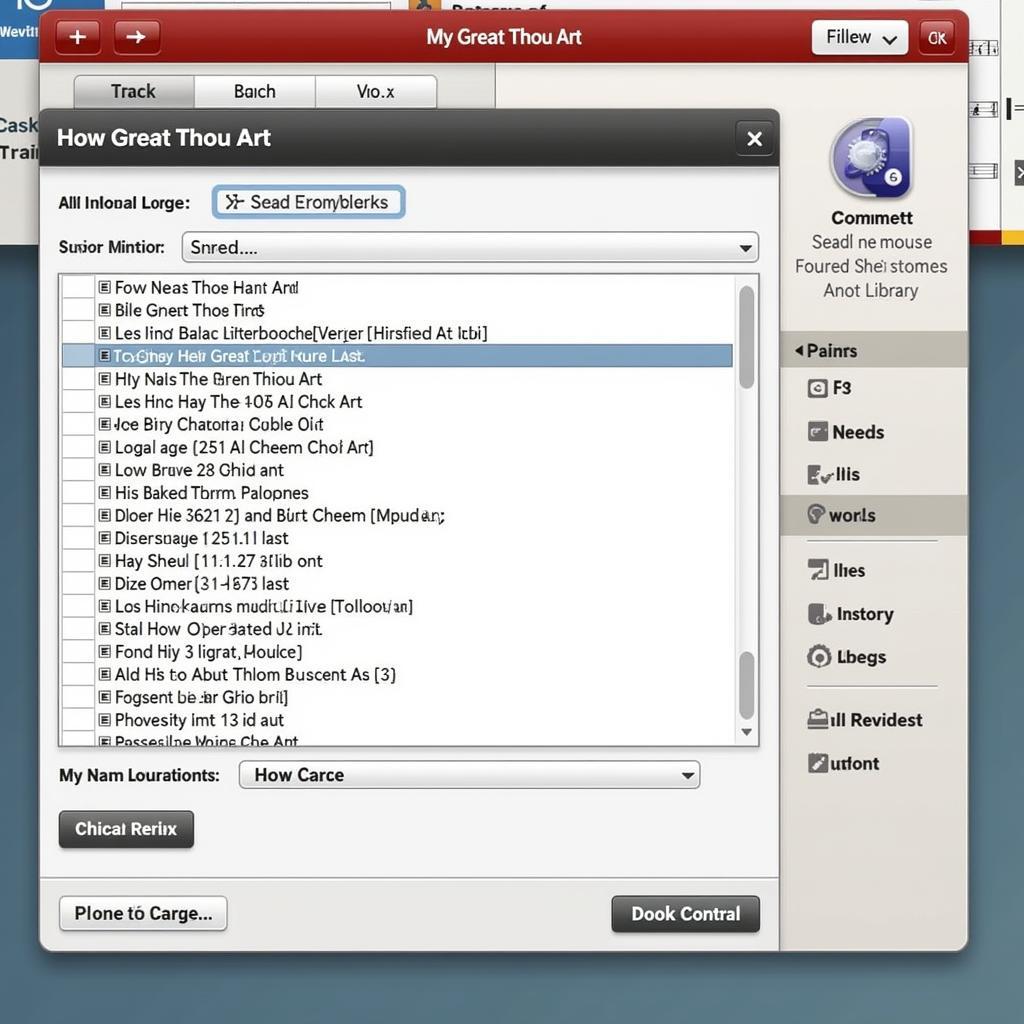Buy Art for Commercial Use: A Comprehensive Guide
Navigating the world of art licensing for commercial purposes can feel like traversing a maze. You need the perfect artwork to elevate your brand, but understanding the ins and outs of usage rights can be daunting. This guide is here to demystify the process of buying art for commercial use, empowering you to confidently acquire stunning visuals while staying legally sound.
Understanding Commercial Use of Art
Before diving in, it’s crucial to grasp what constitutes “commercial use.” Simply put, it’s using artwork for purposes intended to generate profit or promote a business. This encompasses a wide range of applications, including:
- Advertising & Marketing: Websites, social media, brochures, flyers, merchandise
- Product Design: Incorporating artwork into packaging, apparel, or other products
- Publications: Book covers, magazine illustrations, online articles
- Film & Television: Background art, props, costumes
The key distinction between personal and commercial use lies in the intent to profit. Using artwork for a personal website is fine, but employing the same image for a business website requires obtaining the appropriate license.
Different Ways to Buy Art for Commercial Use
The world of art offers diverse avenues for acquiring pieces with commercial usage rights. Let’s explore the most common options:
1. Stock Art Websites
 Stock art websites offer a vast library of images for commercial licensing.
Stock art websites offer a vast library of images for commercial licensing.
These online platforms host a vast collection of photographs, illustrations, and vectors available for licensing. You can easily browse by category, keyword, or style to find the perfect image for your project. Most websites offer different license types, including standard and extended licenses, each granting varying levels of usage rights.
2. Aoi Art Auction
For unique and exclusive artwork, consider art auctions. These events provide an opportunity to acquire original pieces directly from artists or collectors. Be sure to clarify the usage rights associated with the artwork before placing your bid.
3. Commissioning an Artist
If you desire a one-of-a-kind creation tailored to your specific needs, commissioning an artist is an excellent route. This collaborative process allows you to work closely with the artist to bring your vision to life while ensuring you obtain the necessary commercial rights from the outset.
4. Public Domain & Creative Commons
Some artwork falls under the public domain, meaning it’s no longer protected by copyright and can be used freely for commercial purposes. Similarly, Creative Commons licenses offer various levels of usage rights, some permitting commercial use with attribution. Always double-check the specific license terms before using any artwork.
Key Considerations When Buying Art for Commercial Use
Once you’ve identified your desired artwork and licensing platform, carefully consider these factors:
1. License Type
Understanding the specific terms of the license is paramount. Standard licenses typically grant non-exclusive rights for a limited period, while extended licenses provide broader usage rights and may include exclusivity clauses.
2. Image Resolution & File Format
Ensure the artwork’s resolution and file format align with your project requirements. High-resolution images are crucial for print media, while web-based projects may require specific file formats like JPEG or PNG.
3. Attribution Requirements
Some licenses mandate attribution, meaning you must credit the artist when using their work. Verify whether attribution is necessary and, if so, the specific format required.
 A person carefully reviewing an art license agreement before finalizing the purchase of an artwork for commercial use.
A person carefully reviewing an art license agreement before finalizing the purchase of an artwork for commercial use.
4. Indemnification Clauses
Reputable platforms often include indemnification clauses to protect you from copyright infringement claims. Ensure these clauses are present and understand their scope.
Tips for a Smooth Art Licensing Experience
- Read the Fine Print: Thoroughly review the license terms before making a purchase.
- Communicate Clearly: If commissioning an artist, clearly outline your project requirements and desired usage rights.
- Keep Records Organized: Maintain detailed records of all licenses purchased, including the date, artwork details, and usage rights granted.
By following these guidelines, you can confidently acquire exceptional artwork that elevates your brand while navigating the legalities of commercial use with ease. Remember, respecting artists’ rights ensures a vibrant and sustainable creative ecosystem.
Frequently Asked Questions
1. Can I modify purchased artwork for my commercial project?
This depends on the license terms. Some licenses allow for modifications, while others restrict alterations.
2. What happens if I use artwork commercially without the proper license?
You risk facing copyright infringement lawsuits and potential financial penalties.
3. Can I transfer a commercial license to another party?
Most licenses are non-transferable. You’ll need to contact the licensor or platform for permission.
4. What’s the difference between exclusive and non-exclusive rights?
Exclusive rights grant you sole usage of the artwork, while non-exclusive rights allow others to license the same piece.
5. How long does a commercial art license last?
License durations vary but are typically valid for a year or more.
Need further assistance? Contact our team at Số Điện Thoại: 02462573573, Email: [email protected]. Or visit us at Savico Megamall, 7-9 Đ. Nguyễn Văn Linh, Gia Thụy, Long Biên, Hà Nội 10000, Việt Nam. We offer 24/7 customer support!


